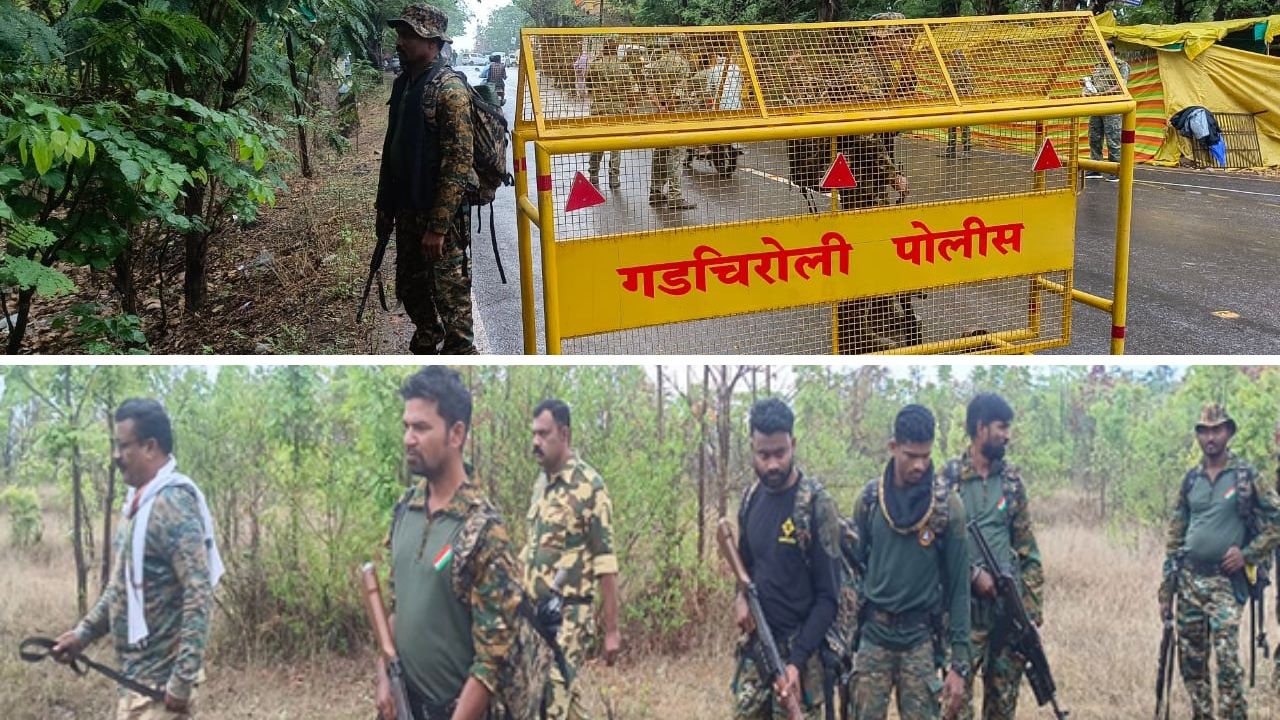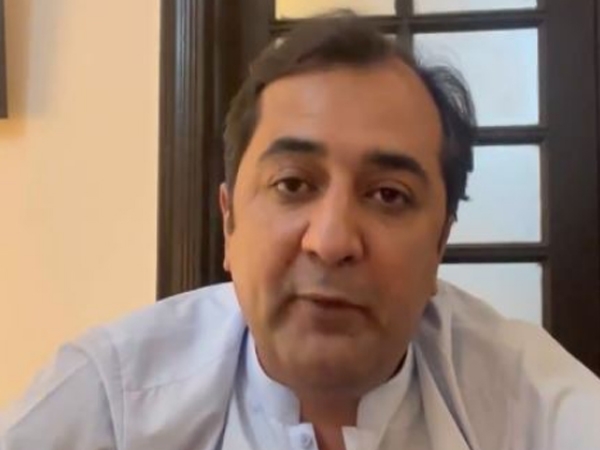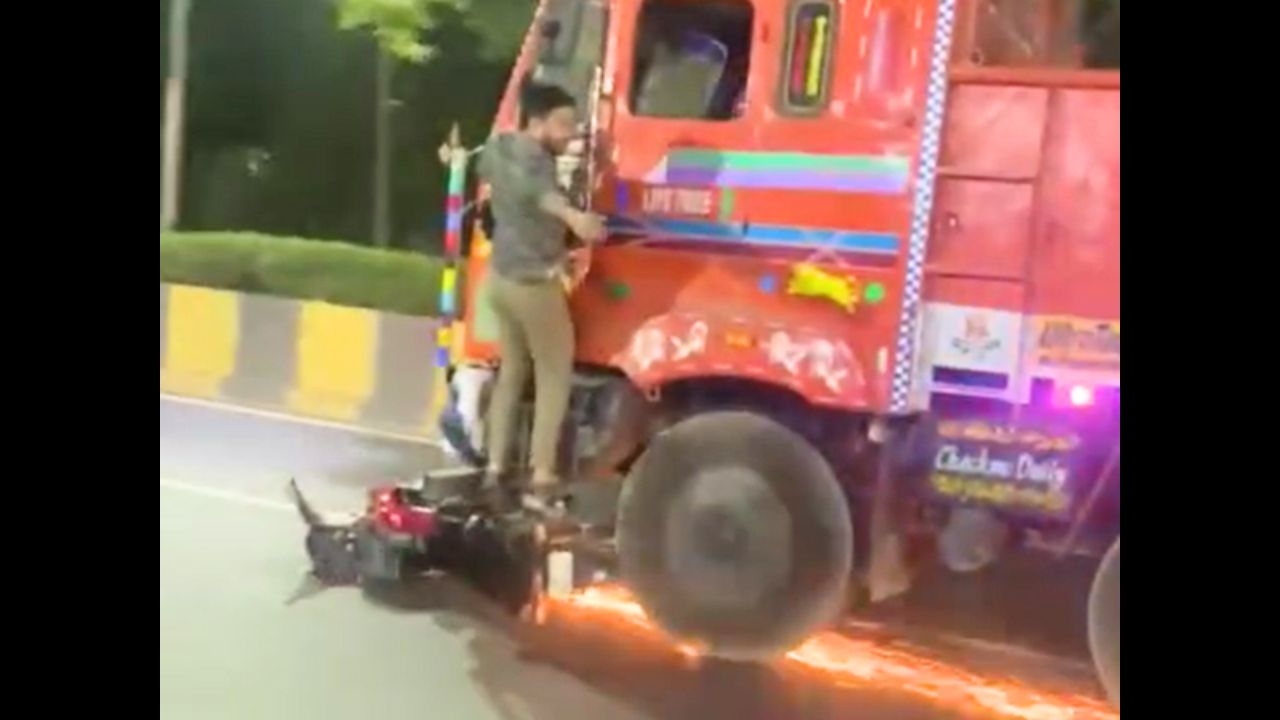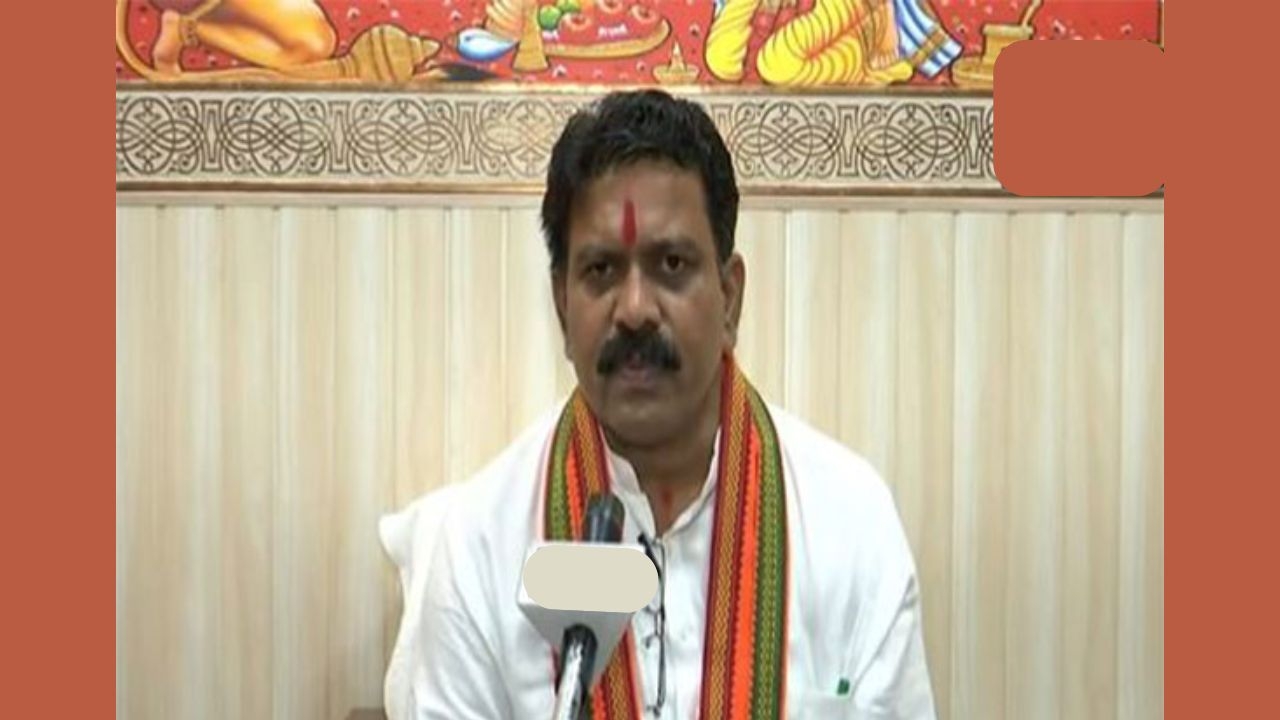The stink in Swachh Bharat: India remains world's manual scavenging capital
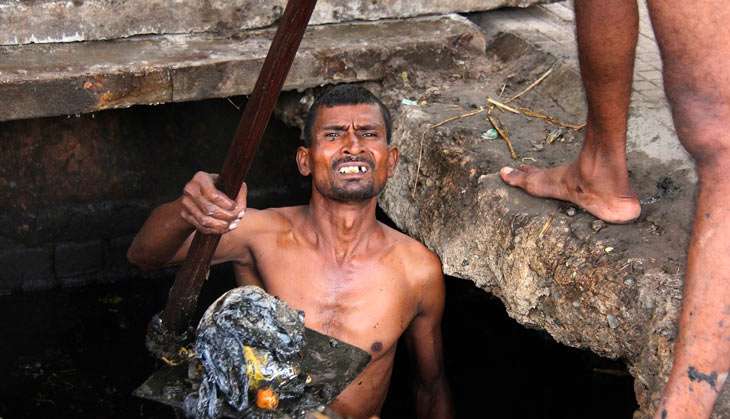
It's the second decade of the 21st century, and India yearns to become an economic superpower. And yet, the citizens of this country have to come to terms with a disgusting truth - that thousands of people are still involved in manual scavenging, the age-old practice of cleaning human excreta in ways which require direct contact.
This is the worst surviving symbol of caste untouchability.
Recently, the Delhi High Court was left 'shocked and disquieted' when a report furnished by the Delhi State Legal Services Authority (DSLSA) provided details about manual scavenging.
The court was hearing a petition filed by the National Campaign for Dignity and Rights of Sewerage and Allied Workers on the rehabilitation of manual scavengers in Delhi.
Details made available before the court make it clear that thousands of people were working as scavengers for the Delhi Jal Board, the city's municipal corporations, the railways or for contractors hired by the government.
Interestingly, not long ago, these very departments/agencies had stated on oath before the courts that there were no manual scavengers in the Capital. One does not know how the courts will act against these departments for misleading them.
The gap between the situation on the ground and formal claims by government departments cannot be considered an exception. The acknowledgement of manual scavenging is, in fact, a 'proof' of the failure of the government to rehabilitate them - despite passing two laws at the Central level for its elimination.
Mismatch in numbers
In a recent review meeting of senior state government officials at the National Commission for Scheduled Castes (NCSC), the data shared by the states showed mismatches between the number of dry latrines and the manual scavengers/workers who clean them.
This made things even more obvious, and a question arose whether 'hundreds of thousands of dry latrines across India had been cleaning themselves'.
Telangana, for instance, reported 1,57,321 dry latrines, as of 31 December 2015, but zero manual scavengers. The survey results submitted by Himachal Pradesh, too, showed 854 dry latrines, but 'nil' manual scavengers. Chhattisgarh reported 4,391 dry latrines, but only three workers.
Similarly, Karnataka reported 24,468 dry latrines, but only 302 manual scavengers, and Madhya Pradesh's numbers were 39,362 and 36. Bihar reported only 11 manual scavengers, while Haryana reported 'nil' for both dry latrines and manual scavengers.
Spotlight on the underbelly
The more the State or its agencies try to gloss over this practice, the more certain developments are bringing into focus its widespread prevalence.
As per the International Labour Organisation's Resource Handbook for Ending of Manual Scavenging, 2015, 99% of the people forced to do this work are Dalits, and 95% of them are women, "reflecting the many layers of shame and oppression imposed by caste, patriarchy and untouchability on this despised livelihood".
Bezwada Wilson, a renowned campaigner against manual scavenging, recently received the Ramon Magsaysay award for 'asserting the inalienable right to a life of human dignity'. The citation read: "While the Constitution and other laws prohibit dry latrines and the employment of manual scavengers, these have not been strictly enforced since the government itself is the biggest violator."
Safai karamcharis themselves took part in a historic 125-day rally, called 'Bhim Yatra: Stop Killing Us', which traversed 500 districts across the country and reached the Capital on the eve of the 125th birth anniversary of Dr Bhimrao Ambedkar (14 April). This rally underlined the fact that manual scavengers are still being 'killed' in dry latrines, sewers and septic tanks. To them, all these promises of 'Clean India' look fictitious.
Also read: 125 day Bhim Yatra against manual scavenging ends. Some memories
Why does it still continue?
So why does manual scavenging still exist, despite the advances in technology and material progress? Is it 'because of a lack of water-serviced latrines', as a review by the now-defunct Planning Commission stated? Or there are deeper reasons involved?
According to ILO's handbook, manual scavenging continues because of :
- The endurance of cultural notions of caste pollution and purity, and assignment of persons to the despised work based on their birth.
Caste inequalities layered with gender discrimination (as most dry toilet cleaners are women).
Apathy and failure of the state administrations throughout India to implement the law banning manual scavenging and implementation of official rehabilitation schemes.
- The culture of impunity and the absence of state accountability, answerability and public sincerity to end caste discrimination, resulting in its continuance.
Half-hearted attempts to get rid of it
There have been attempts at the Parliament and Executive level to rid India of this practice, but they have been half-hearted and exhibited the indifference of the rulers.
First, there was the Barve Committee (1948), formed immediately after independence by the Maharashtra government to end manual scavenging. Its recommendations were accepted by the Central government.
It was followed by the Malkani Committee, and many other similar policy interventions or legislative actions, spawning two major acts within a span of two decades. The Government of India promulgated 'The Employment of Manual Scavengers and Construction of Dry Latrines (Prohibition) Act' in 1993, but it took four years for it to notify it in the Gazette of India (1997). No state bothered to promulgate the Act till 2000.
Within 20 years of its existence, there was no conviction of any government official, nor were executives of any company/firm penalised for continuing with this practice.
As if to acknowledge the failure of this Act, the government passed a new legislation in September 2013, called 'The Prohibition of Employment as Manual Scavengers and their Rehabilitation Act 2013', and issued a government notification for the same.
It must be emphasised that an escape clause for local and railway authorities to continue to deploy workers in manual scavenging has also been provided in the beginning itself. This legislation looks at protective gear and safety precautions for the workers as an alternative to mechanisation. And for the purposes of the Act, those using protective gear and devices as may be notified by the Central government would not come under the definition of a 'manual scavenger'.
The Swachh Bharat-scavenging dichotomy
The much-touted Swachh Bharat Abhiyan will complete two years on 2 October 2016, and the persistence of manual scavenging certainly looks dichotomous to it.
Would it be proper to say that its persistence is just incidental and would go away once the campaign advances further? Or does it call for course correction, and frankly admitting that there are some serious lacunae in the conception of the programme itself?
One learns that the government has already started preparations to reenergise people, and supposedly regain lost momentum about one of its flagship programmes. It has even directed different government departments to retake the pledge - which was administered to them at the launch of the campaign. Apart from appointing a specialist, who has earlier worked with the World Bank's Water and Sanitation Concerns, to supervise its flagship programme,it has even imposed a
Swac
h
h Bharat
cess of 0.5% on all services liable for service tax, effective from 15 November 2015, supposedly to give a boost to the Clean India initiative.
Perhaps it is time that in a caste-ridden society like India, where one witnesses deeprooted association between caste and cleanliness, the Abhiyan takes into consideration this linkage and does not remain limited to providing technical solutions to a social problem.
It is time that policymakers should give a ear to the critics who argue that all attempts to make India 'clean' have largely remained focussed on the 'occupational' sphere (of caste), and attempts have been made either to reform the individual or provide some technical device and keep the (caste) structure intact.
Perhaps it is time to remember what Dr Ambedkar - the chairman of the Drafting Committee of the Constitution - said in one of his monographs:
"The Hindu Social Order is based upon a division of labour, which reserves for the Hindus clean and respectable jobs, and assigns to the untouchables dirty and mean jobs, and thereby clothes the Hindus with dignity and heaps ignominy upon the untouchables."
Will all the glitter and glow be able to hide the questions being raised, or the devastating criticism the Abhiyan is being subjected to?
Edited by Shreyas Sharma
More in Catch
Magsaysay Award winner Bezwada Wilson: My award goes to those who chose dignity over livelihood
Bharat Ratnas: the Clean India army every Indian must meet
National Career Services portal lists manual scavenging as a career option
First published: 11 August 2016, 6:50 IST
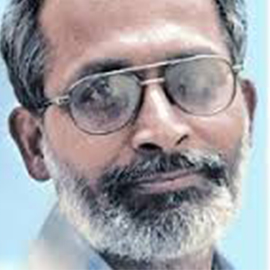
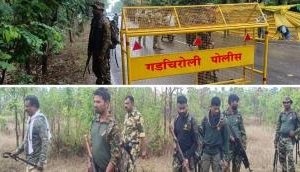




![BJP's Kapil Mishra recreates Shankar Mahadevan’s ‘Breathless’ song to highlight Delhi pollution [WATCH] BJP's Kapil Mishra recreates Shankar Mahadevan’s ‘Breathless’ song to highlight Delhi pollution [WATCH]](http://images.catchnews.com/upload/2022/11/03/kapil-mishra_240884_300x172.png)

![Anupam Kher shares pictures of his toned body on 67th birthday [MUST SEE] Anupam Kher shares pictures of his toned body on 67th birthday [MUST SEE]](http://images.catchnews.com/upload/2022/03/07/Anupam_kher_231145_300x172.jpg)


